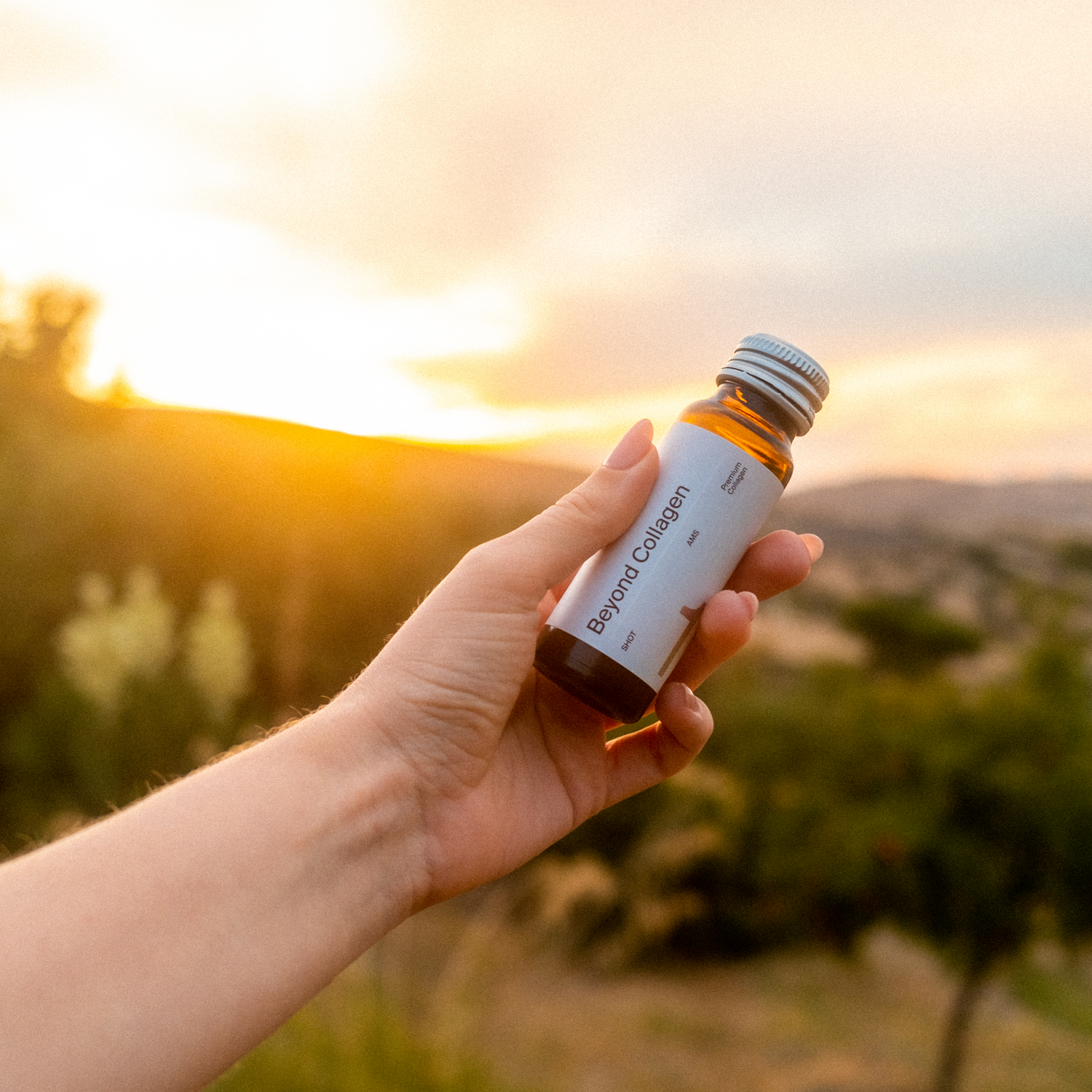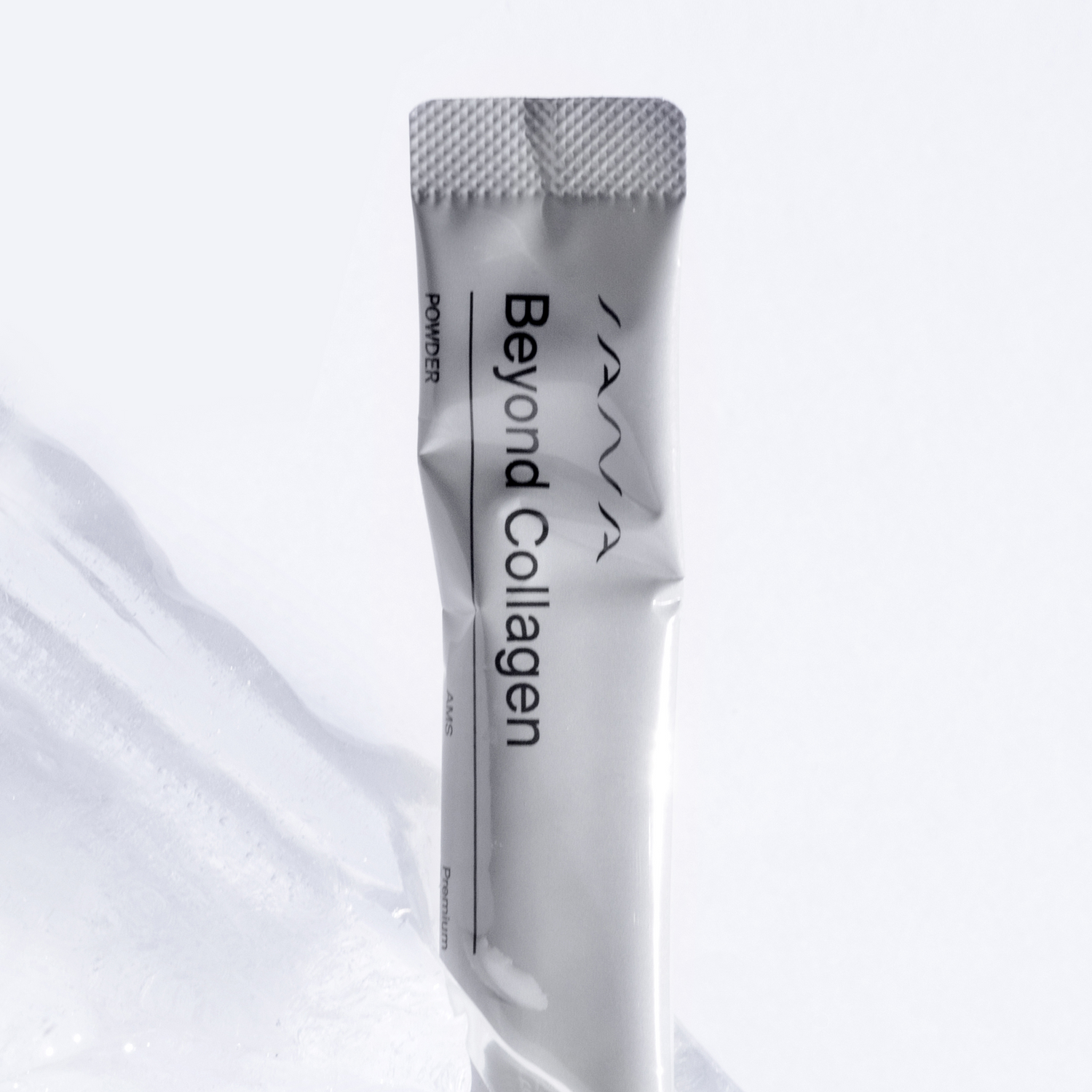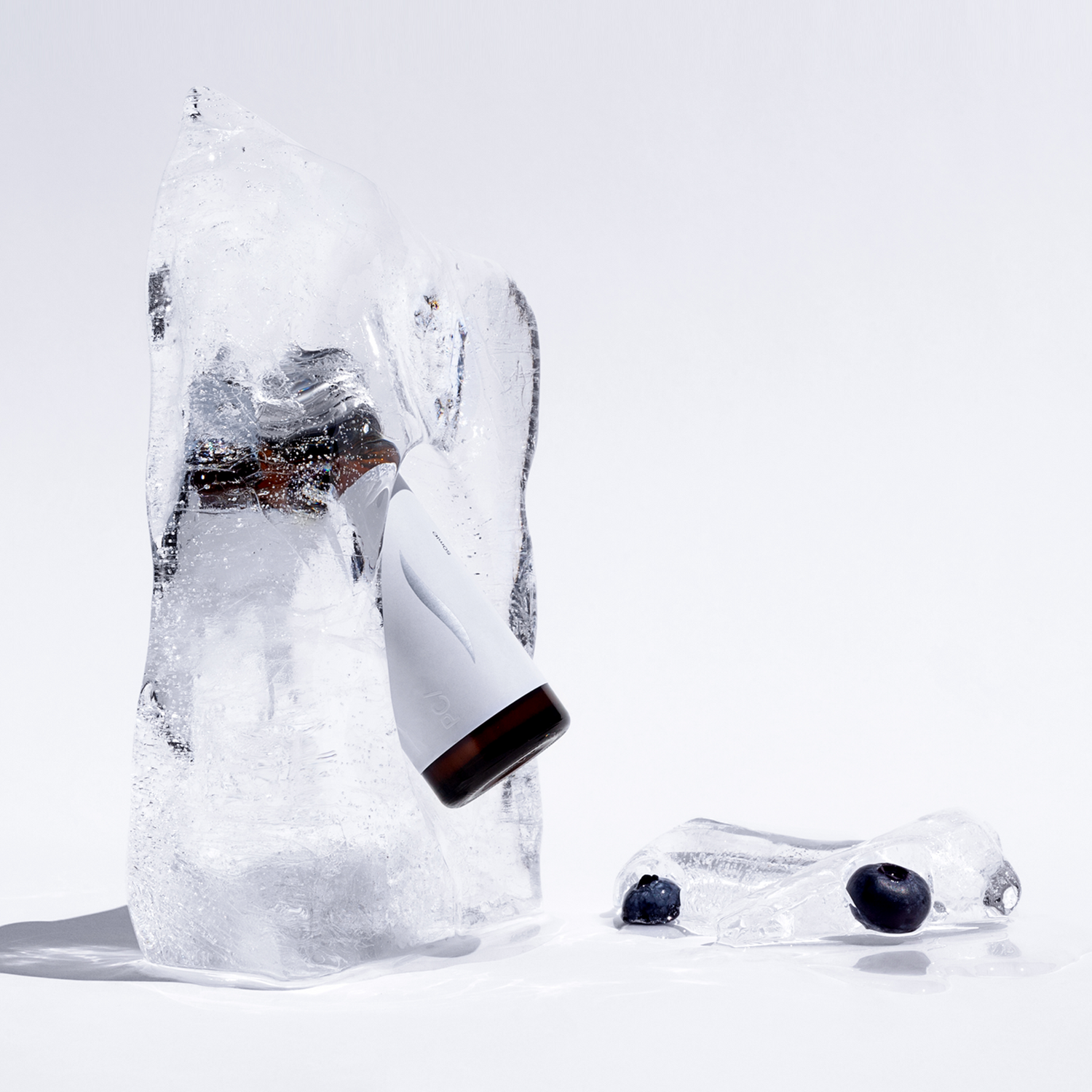Collagen, hailed as the modern-day fountain of youth, has been at the heart of beauty regimens for centuries. Long before it was encapsulated in pill bottles or infused in skincare products, various cultures recognized and harnessed collagen's beauty-enhancing properties. Let's embark on a global journey, exploring traditional beauty rituals that have revered collagen as a key ingredient.
1. China: Bird's Nest Soup
For centuries, the Chinese have savored bird's nest soup, a delicacy made from the nests of swiftlets. Rich in collagen and amino acids, this soup is believed to promote youthful skin, reduce wrinkles, and enhance complexion.
2. Japan: Fish Scales and Bone Broths
The Japanese diet, abundant in marine products, naturally incorporates collagen. Fish scales, often used in traditional dishes, are rich in collagen. Additionally, bone broths, simmered for hours, release collagen, making them a staple for skin and overall health.
3. India: Bone Broths and Ghee
In Ayurvedic traditions, bone broths have been consumed to heal the gut and improve skin health. Ghee (clarified butter), though not a direct source of collagen, is believed to support skin health, complementing collagen's effects.
4. Ancient Egypt: Animal Bones and Fats
Ancient Egyptians, known for their beauty rituals, utilized animal bones and fats in their skincare routines. They believed these components, rich in collagen, would keep their skin vibrant and wrinkle-free.
5. South America: Chicken Feet Soup
In various South American cultures, chicken feet soup is more than just a hearty dish. Chicken feet, packed with collagen, are believed to offer skin-tightening benefits, making the soup a beauty-enhancing delicacy.
6. Africa: Bone Broths and Animal Skins
Many African tribes have traditionally consumed bone broths and certain animal skins, both collagen-rich, to promote strength, vitality, and beauty.
7. Ancient Rome: Warm Baths and Oils
While the Romans didn't directly consume collagen, their beauty rituals indirectly supported collagen production. Warm baths followed by oil massages were believed to stimulate the skin, possibly enhancing its natural collagen synthesis.
8. Native American Tribes: Animal Connective Tissues
Recognizing the nutritional value of every animal part, Native Americans often consumed tendons, ligaments, and other connective tissues. Rich in collagen, these parts were essential for skin health and overall vitality.
Conclusion
Collagen's role in beauty is timeless and universal. Cultures around the world, each with its unique rituals, have harnessed collagen's benefits in various ways. Today, as we embrace collagen supplements and skincare, it's fascinating to realize that our ancestors had already discovered its magic. This journey through traditional beauty rituals underscores collagen's enduring and global appeal, transcending time and borders.







